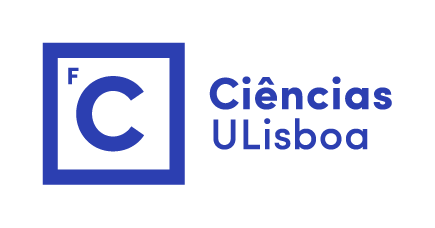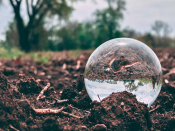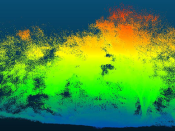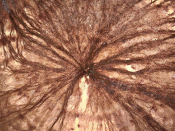Por Sophie Jackson (University of Cambridge, UK).
For decades it was considered impossible for the linear polypeptide chain of a protein to tie itself into a knot. Despite this dogma, in the year 2000 and much to the surprise of the structural biology community, it was shown that there are many protein structures which have a knot in them. There are four known types of knotted structure found in naturally occurring proteins: 31 (trefoil knot), 41 (figure of eight knot) , 52 (Gordian knot) and 61 (stevedore knot). The talk will start with a brief history of knotted proteins, and will then go on to discuss what we currently know from experimental and computational studies about how these proteins with complex structures form in silico, in vitro and in vivo. In the second part of the talk, what we know about the properties of protein knots, such as their stability and function, and the similarities/differences with unknotted proteins will be described. This part of the talk will attempt to address the question, why are there knots in proteins?
References:
- Simien, J.M. & Haglund, E. (2021) Topological twists in nature. Trends Biochem. Sci. 46, 461-471;
- Jackson, S.E. (2020) Why are there knots in proteins? AMS Contemporary Mathematics, 746, 129-153;
- Sulkowska, J.I. (2020) On folding of entangled proteins: knots, lassos, links and q-curves. Curr. Opin. Struct. Biol. 60, 131-141;
- Jackson, S.E., Suma, A. & Micheletti, C. (2017) How to fold intricately: using theory and experiments to unravel the properties of knotted proteins. Curr. Opin. Struct. Biol. 42, 6-14.
Transmissão em direto via Zoom.








